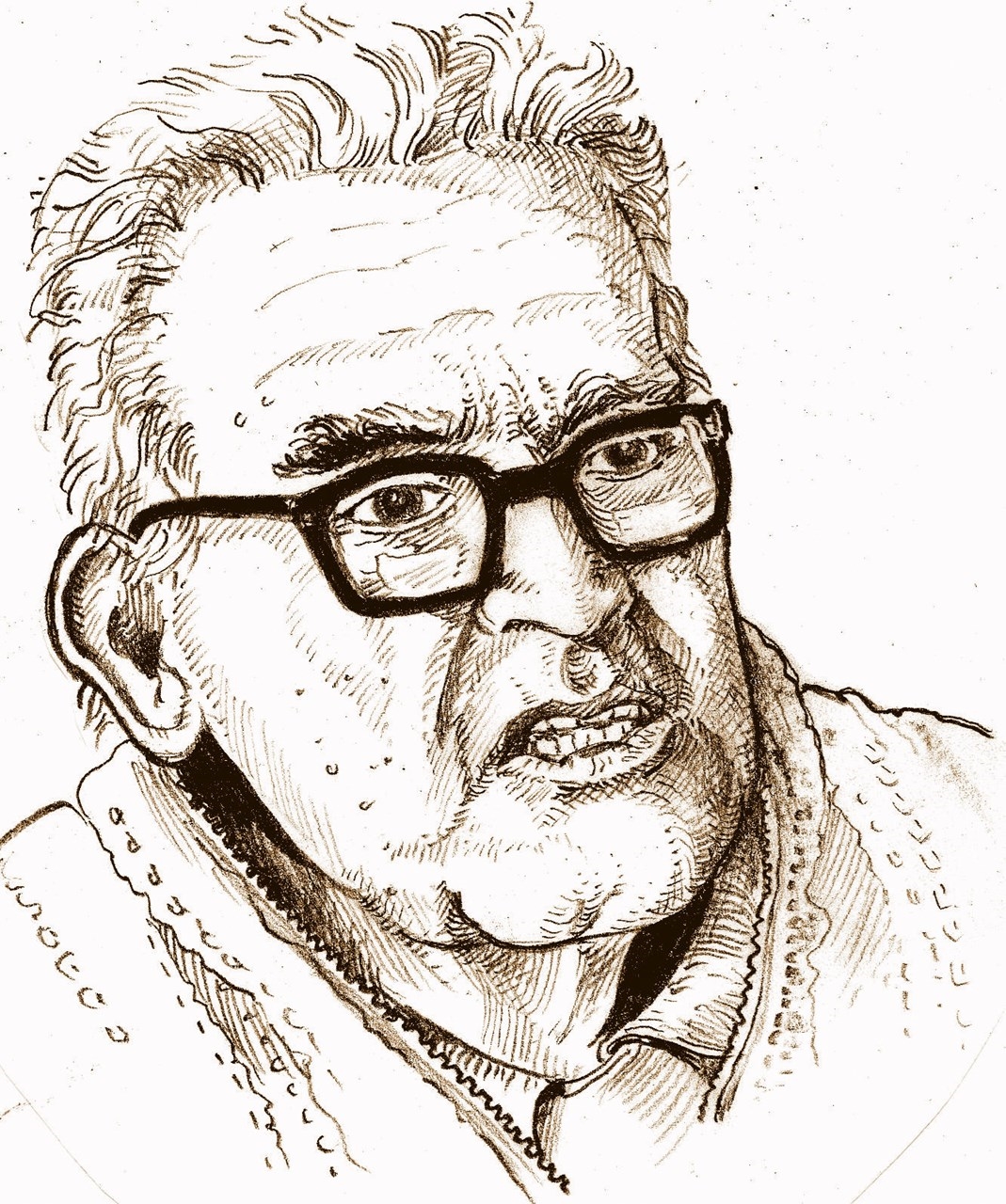Albert Vinicio Báez was a notable Mexican-American physicist born on November 15, 1912, in Puebla, Mexico. Báez was the father of the famous singers Joan Baez and Mimi Fariña, and the uncle of the mathematical physicist John C. Baez. He made significant contributions to the early development of X-ray microscopes, X-ray optics, and later, X-ray telescopes.
Albert Báez was born to Alberto B. Báez, a Methodist minister, and Thalia Báez, a YWCA social worker. At the age of four, his family moved to the United States, initially to Texas and then to New York City, where Albert and his siblings, Mimi and Peter, were raised in Brooklyn. His father founded the First Spanish Methodist Church in New York. Although Báez considered becoming a minister in his youth, he pursued his interests in mathematics and physics. He graduated with degrees in mathematics and physics from Drew University in 1933 and obtained a master's degree in mathematics from Syracuse University in 1935. In 1936, Báez married Joan Chandos Bridge, the daughter of an Episcopalian priest. The couple converted to Quakerism and had three daughters—Pauline, Joan, and Mimi—before moving to California, where Báez enrolled in Stanford’s doctoral program in physics. Between 1940 and 1944, he taught at Wagner College before moving to Stanford University, where he continued teaching physics and mathematics. In 1948, along with his doctoral advisor Paul Kirkpatrick, Báez co-invented the X-ray reflection microscope for examining living cells, which remains a staple in medicine. He earned his Ph.D. in physics from Stanford in 1950 with a thesis on X-ray optics.
 Albert BáezMichael Fisher
Albert BáezMichael Fisher
During the 1950s, despite the high demand for his skills in the arms race, Báez, motivated by his family's pacifism, opted for a career in education and humanitarianism. From 1950 to 1956, he was a professor at the University of Redlands, continuing his X-ray research. In 1951, he took a sabbatical to work with UNESCO, where he helped establish the physics department at Baghdad University. Returning to Stanford in 1956, he worked with Jerrold R. Zacharias on the Physics Science Study Committee, a project aimed at reshaping physics education in high schools. In 1959, he joined the faculty at MIT, focusing on physics education and producing films for the Physical Science Study Committee. By 1960, he was working with the Smithsonian Astrophysical Observatory on X-ray telescope optics. He moved to Claremont, California, where he joined Harvey Mudd College’s faculty. From 1961 to 1967, Báez was the first director of the science education program for UNESCO in Paris, where he developed basic science projects across Asia, Africa, Latin America, and the Arab states. Báez authored "The New College Physics: A Spiral Approach" in 1967, co-authored "The Environment and Science and Technology Education" in 1987, and wrote "A Year in Baghdad" in 1988 with his wife Joan. Between 1967 and 1974, he created nearly a hundred physics films for the Encyclopædia Britannica Educational Corp. From 1979 to 1983, he chaired the Commission on Education of the International Union for Conservation of Nature and Natural Resources. In 1974, Britain's Open University awarded him an honorary doctorate.
After retiring, Báez continued to give occasional physics lectures and became president of Vivamos Mejor/USA in 1986, an organization founded to aid impoverished Mexican villages with preschool education, environmental projects, and community activities. His lectures emphasized the importance of curiosity, creativity, and compassion. In 1991, the International Society for Optical Engineering awarded Báez and Kirkpatrick the Dennis Gabor Award for their pioneering work in X-ray imaging microscopes and telescopes. In 1995, the Hispanic Engineer National Achievement Awards Corporation (HENAAC) established the Albert V. Baez Award for Technical Excellence and Service to Humanity. Báez was inducted into the HENAAC Hall of Fame in 1998.
Page created on 8/14/2024 9:31:30 AM
Last edited 9/2/2024 1:10:03 PM
